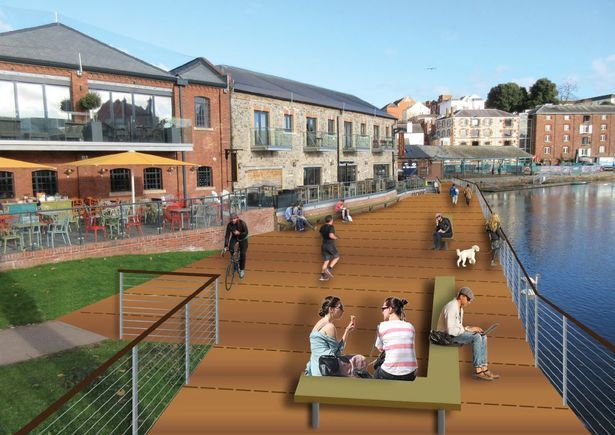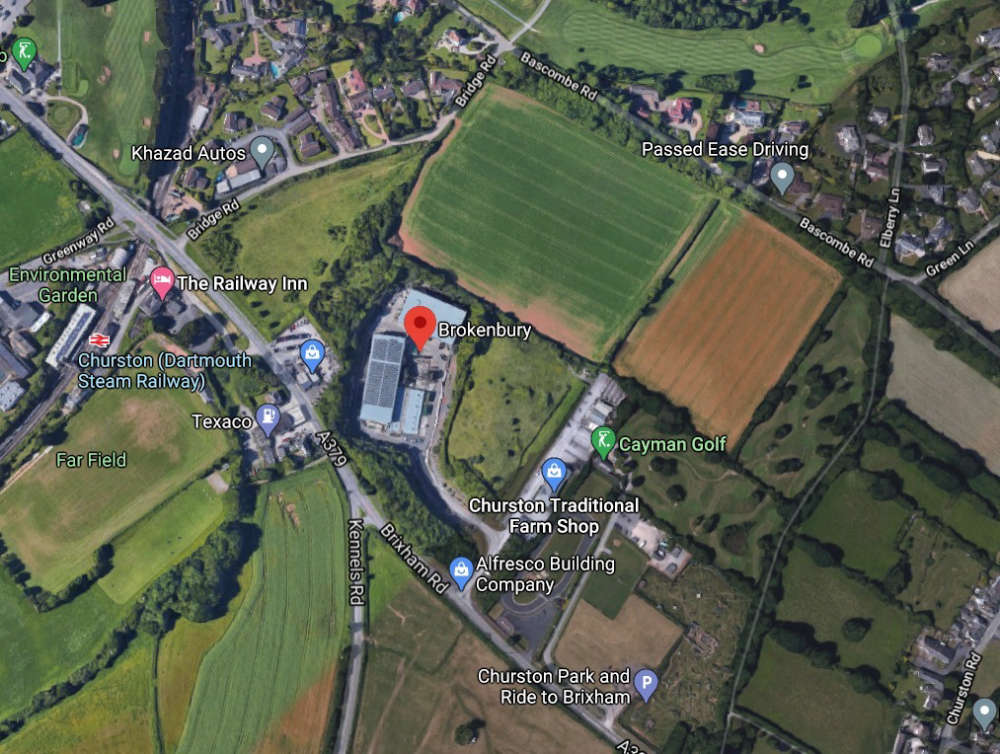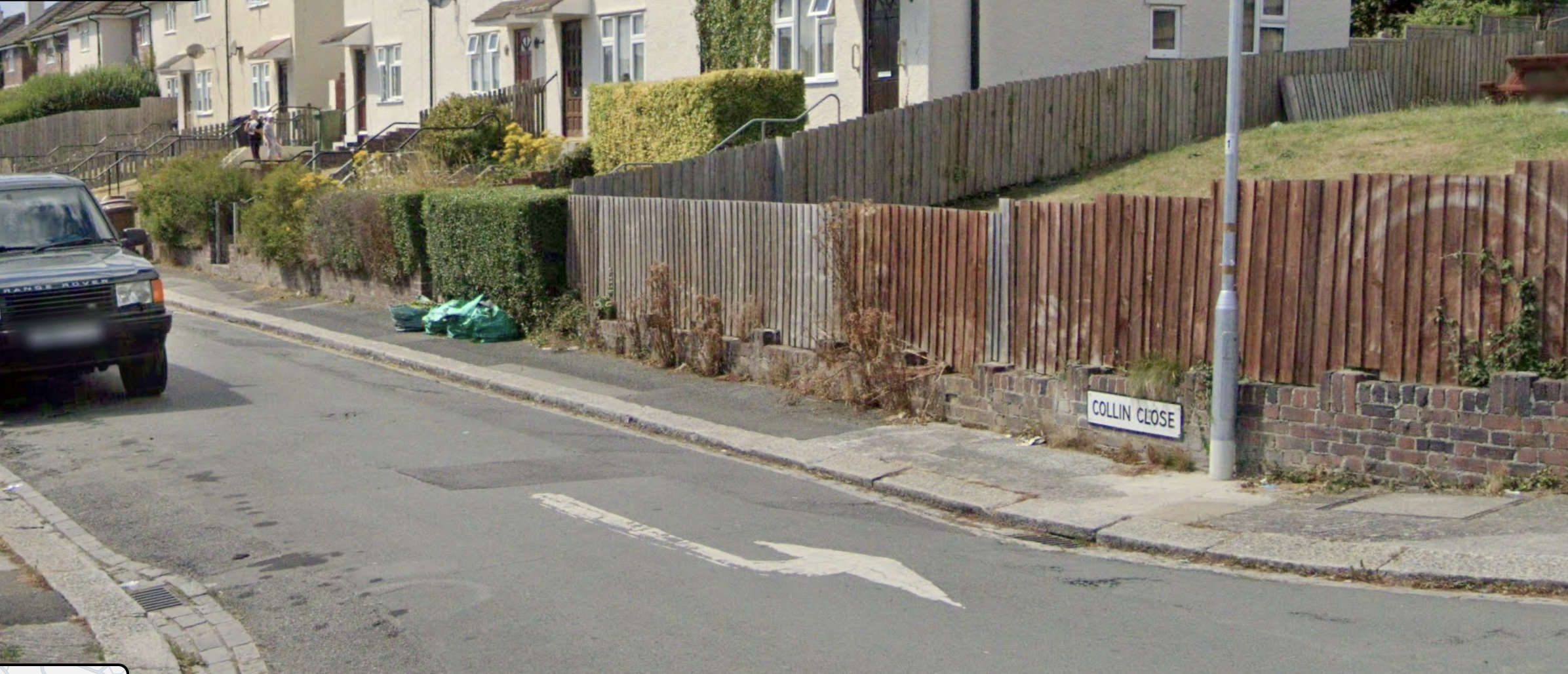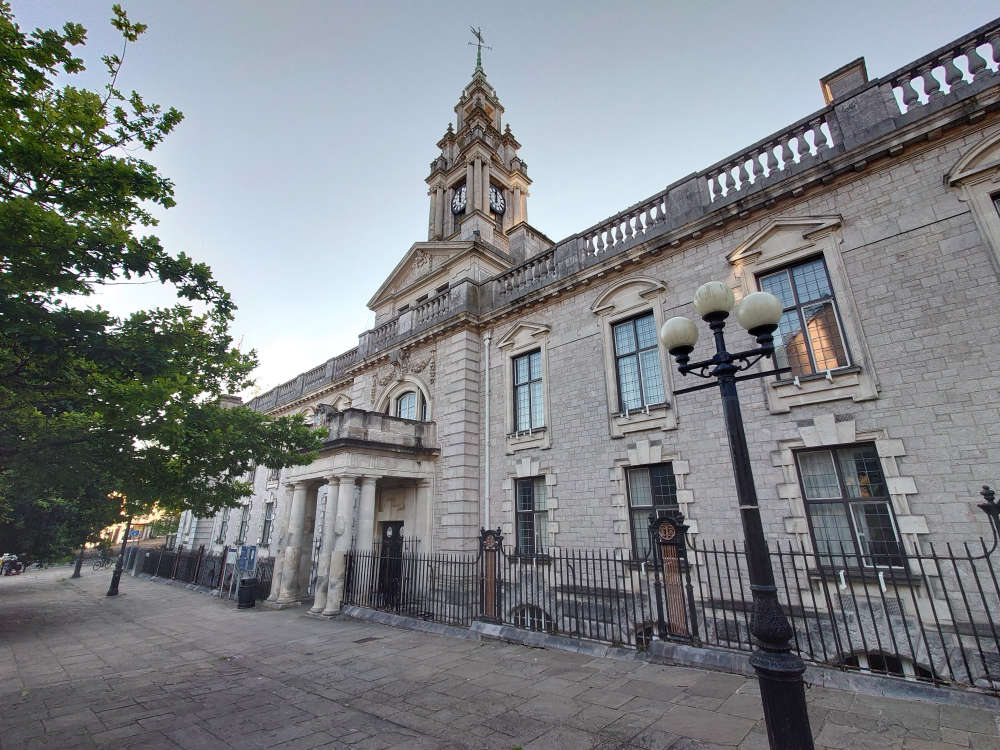
Unanimously approved by planners
Exeter City Council’s own plans to replace the existing Mallison Bridge, which spans the medieval leats on the north bank of the River Exe, was unanimously approved by planners.
The scheme, which will widen the walkway from 2m to 3.5m and reduce the risk of flooding, drew the backing from councillors without any debate at the meeting, with councillors wishing to approve the plans even before the planning officer had finished outlining the application.
Councillors were told that the new bridge would have improved functionality, enhance the performance for cyclists and pedestrians, and would look better.
The planning officer added: “It will increase the width of the bridge from 2m to 3.5m, and the walkway also provides an opportunity for increased seating, better protection from the danger of flooding, and reduce the danger of swans attacking you.”
Recommending approval, the planning officer said: “The bridge design is functional and offers advantages over the existing structure; the additional width should reduce the potential for conflict between users and the height of the structure above the river should reduce the risk of flooding.
“The modern slim line design of the bridge is considered to be appropriate to the location and is sensitive to the character and appearance of the surrounding historic environment. Historic England have no objection to the application”
The proposed bridge would consist of hardwood timber boards supported by galvanised steel beams and stanchions at both ends.
The bridge would lead into an elevated wooden boardwalk, two metres above the existing waterside path, with a grass area.
The existing concrete path, a gathering spot for swans, would be removed allowing water to flow beneath the boardwalk.
Cyclists and pedestrians would be able to use the bridge and boardwalk and there are also plans for some seating.
The existing Mallison Bridge was installed in 1984 and is named after Harold Mallison who left an endowment to the City Council.
It had to be repaired in March 2017 after some wooden sections became rotten.
The council explained that after work was carried out, it became ‘apparent that a long-term solution was needed.’
 Official challenge to Torbay solar farm project
Official challenge to Torbay solar farm project
 Two people injured in suspected Plymouth stabbing
Two people injured in suspected Plymouth stabbing
 Four councillors banned from council tax debates
Four councillors banned from council tax debates
 Video shows Devon biker causing horrific crash
Video shows Devon biker causing horrific crash
 Murder charge after Kingsbridge crash
Murder charge after Kingsbridge crash
